Myelodysplastic Syndrome Prognosis Elderly
Myelodysplastic syndrome prognosis elderly. This is an uncommon type that has a low count of one type of blood cell that does not fit the criteria for other forms. Many people with PNH live for decades. The prognosis of MDS is variable.
The life expectancy of patients with MDS also depends on the type of MDS. A myelodysplastic syndrome MDS is one of a group of cancers in which immature blood cells in the bone marrow do not mature so do not become healthy blood cells. A first line of treatment including hematopoietic growth factors darbepoetin alone or associated with G-CSF failed after several months and a treatment with lenalidomide was initiated in both cases.
AREB-1 in Patient 1 5q syndrome in Patient 2. The primary myelodysplastic syndromes MDS are one of five major categories of myeloid neoplasms. Mild cytopenias low blasts and normal chromosomes have this range of life-expectancy.
2 Ageing is an important risk factor for the development of these diseases. There are many options for the management of MDS but the only potentially curative treatment is allogenic hematopoietic stem cell transplantation allo-HSCT which is often not an option because of advanced age or comorbidities at diagnosis. The onset of myelodysplastic syndromes MDS is usually around the age of 70.
It is the time after diagnosis at which half the patients in a certain group are still alive and half have died. In fact the majority of patients with MDS are 55 years of age. For those reasons the decisional algorithm for treating myelodysplastic elderly patients reasonably should include diagnosing the subtype of MDS WHO classification and assessing their prognosis on the basis of risk as well as a comprehensive geriatric assessment CGA that allows an estimate of life expectancy and treatment tolerance and the identification.
Thus the management of elderly patients with MDS is not always optimal. Some people with MDS live for years and require little or no treatment. 1 Their actual incidence is unknown but it has been suggested that it may be higher than estimated.
The mean life-expectancy is 18 to 24 months in mild cases of MDS or longer when stem cell transplantation is done. Your risk of developing MDS depends on many.
The incidence of myelodysplastic syndrome is about 33-45 cases per 100000 and the incidence is increasing each year it is more common in White elderly usually occurs in the seventh decade male patients.
The incidence of myelodysplastic syndrome is about 33-45 cases per 100000 and the incidence is increasing each year it is more common in White elderly usually occurs in the seventh decade male patients. The onset of myelodysplastic syndromes MDS is usually around the age of 70. Mild cytopenias low blasts and normal chromosomes have this range of life-expectancy. AREB-1 in Patient 1 5q syndrome in Patient 2. This is a middle value half the patients live longer than this and half do not live this long. People with PNH who develop blood clots in key parts of the body or develop MDS myelodysplastic syndromes or AML acute myeloid leukemia may have a shorter life span. It has an unclear prognosis. The primary myelodysplastic syndromes MDS are one of five major categories of myeloid neoplasms. Median survival is one way to look at outcomes.
Myelodysplastic syndrome unclassified. Later symptoms may include feeling tired shortness of breath bleeding disorders anemia or frequent infections. Myelodysplastic syndromes MDS are a heterogeneous group of clonal neoplasms with the median age at diagnosis being in the seventh decade. Their incidence in persons over age 80 is above 50 new cases per 100000 persons per year. Median survival is one way to look at outcomes. This is an uncommon type that has a low count of one type of blood cell that does not fit the criteria for other forms. A recent study has shown the incidence is about 75 per 100000 in people aged more than 65 years 86 patients diagnosed with myelodysplastic.
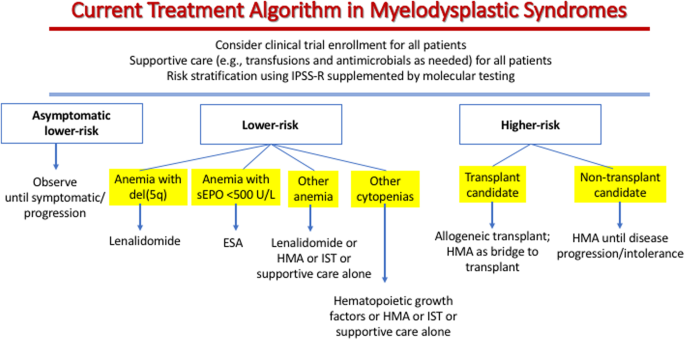

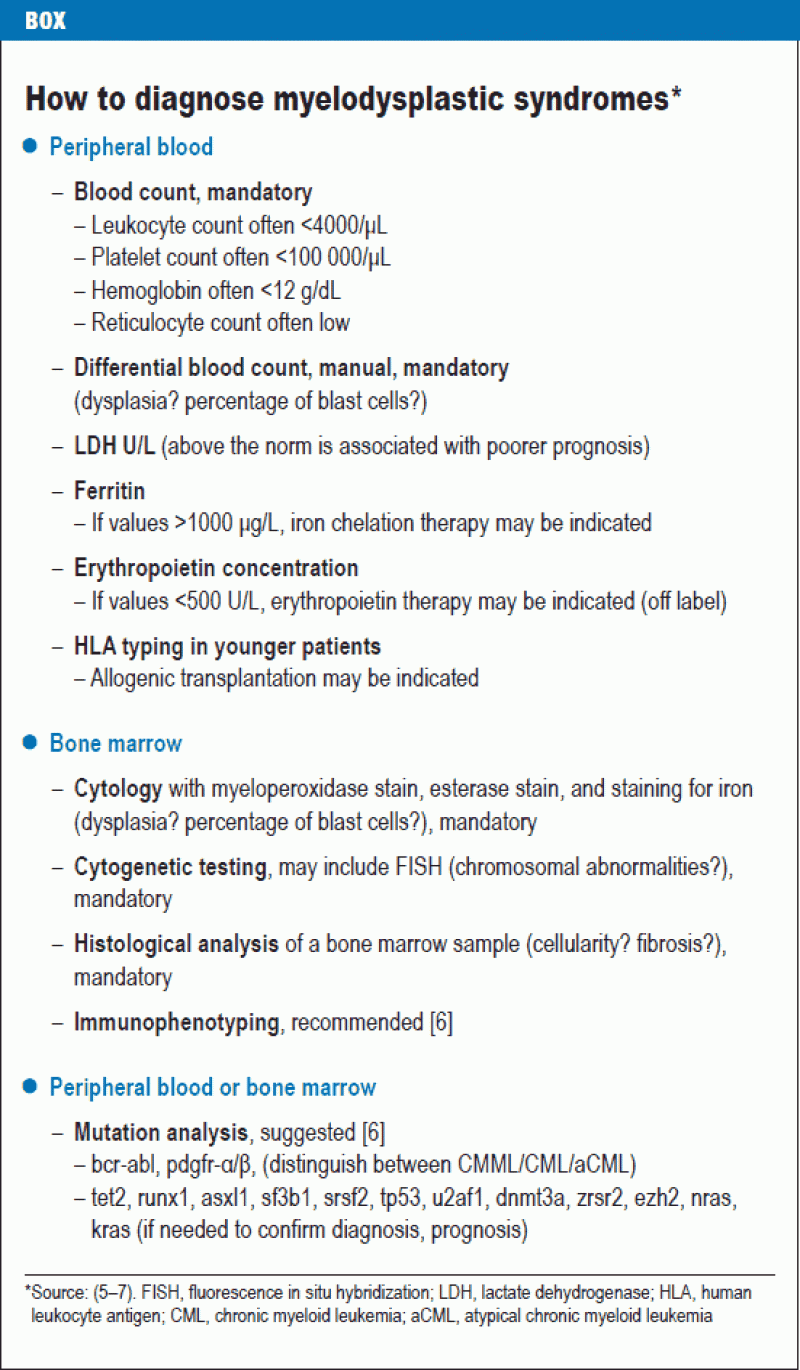




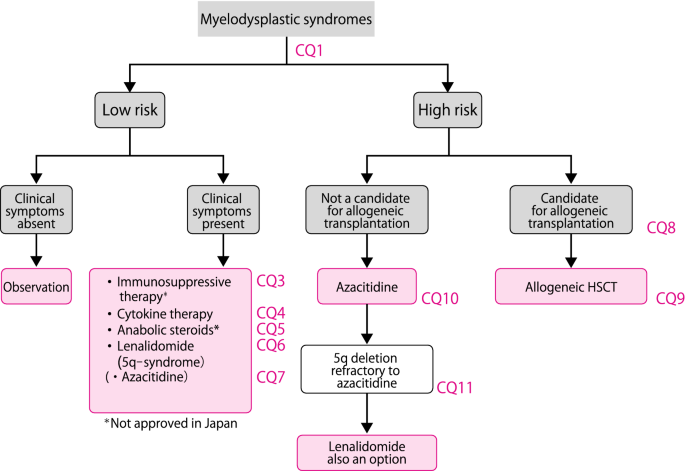
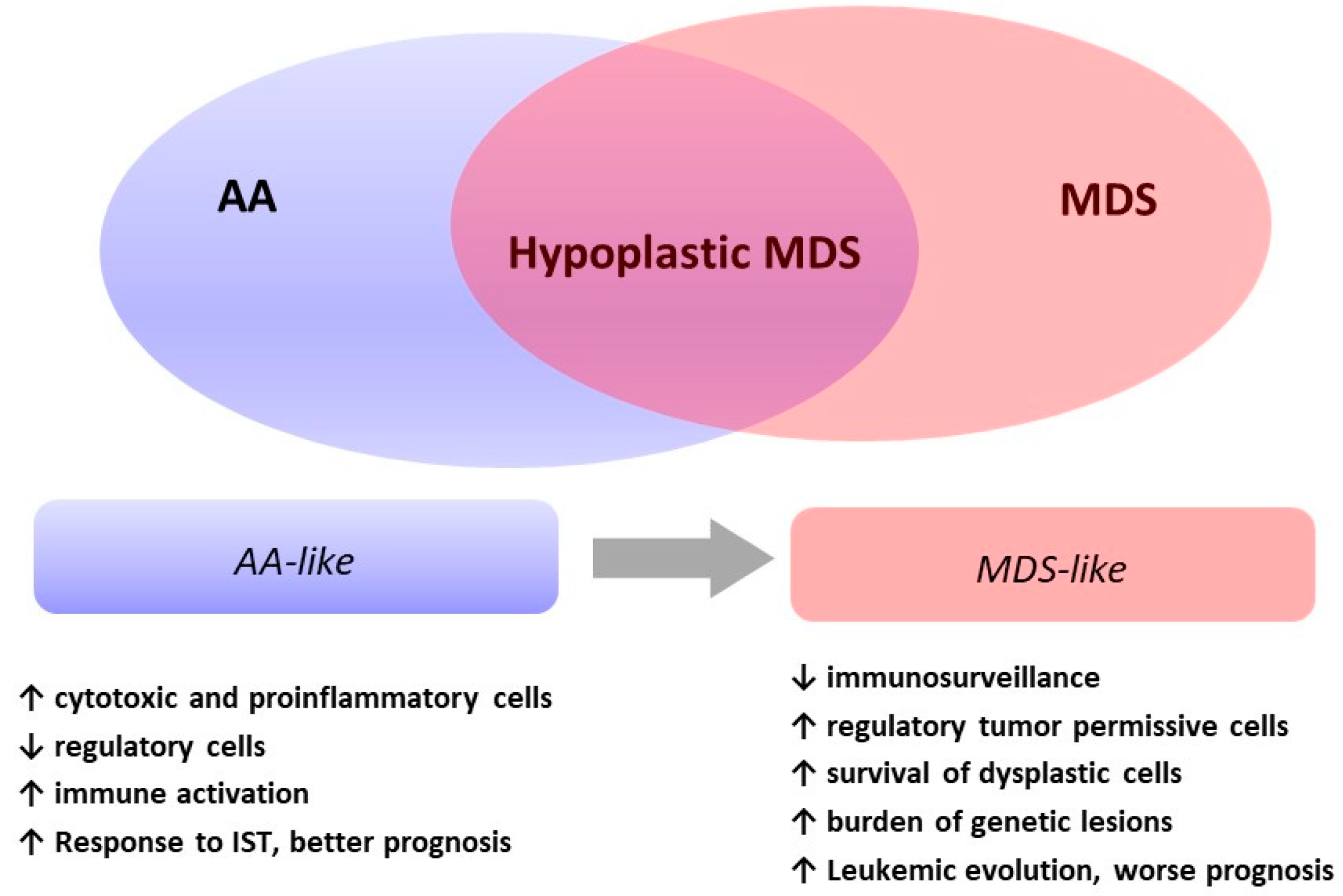
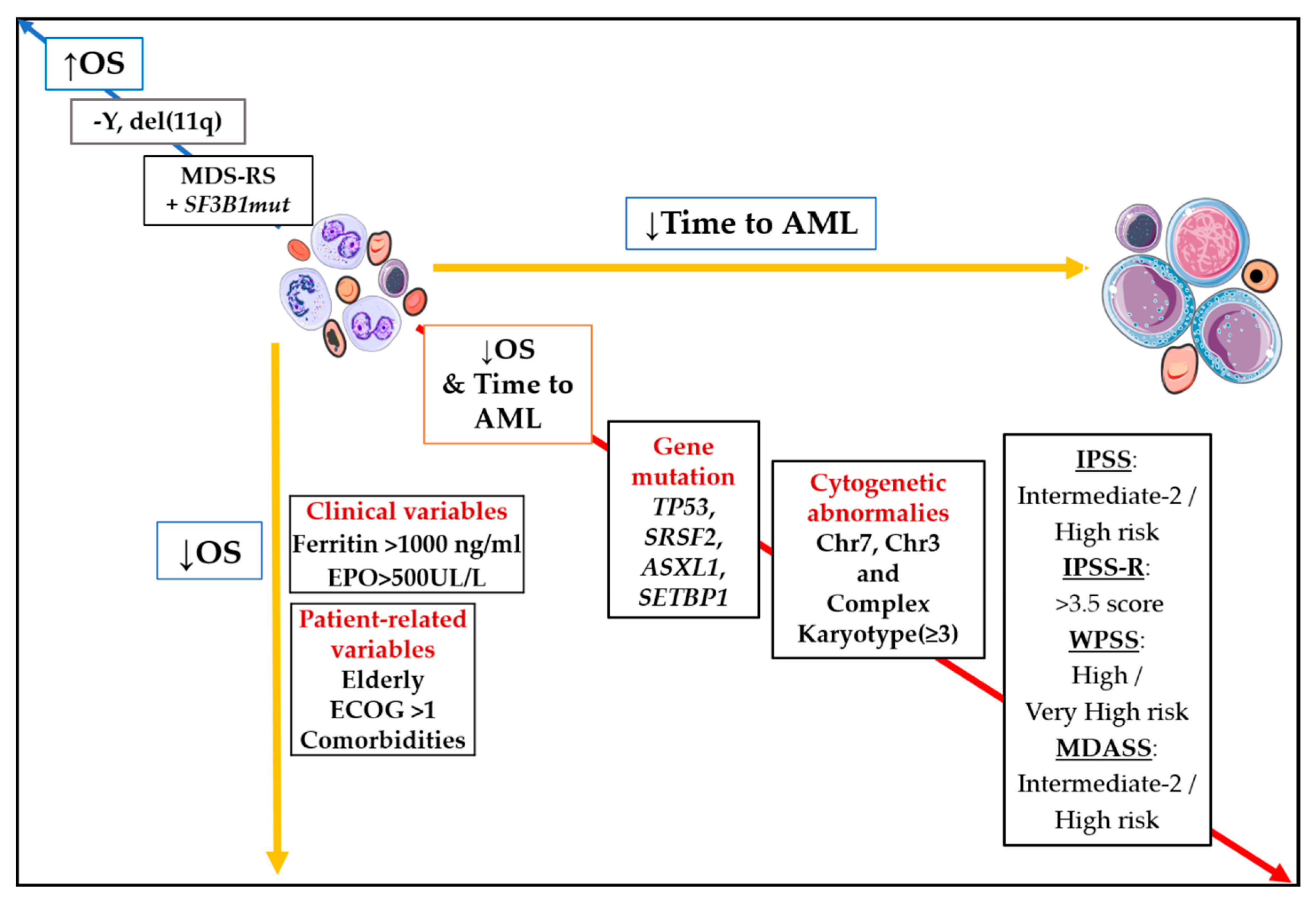
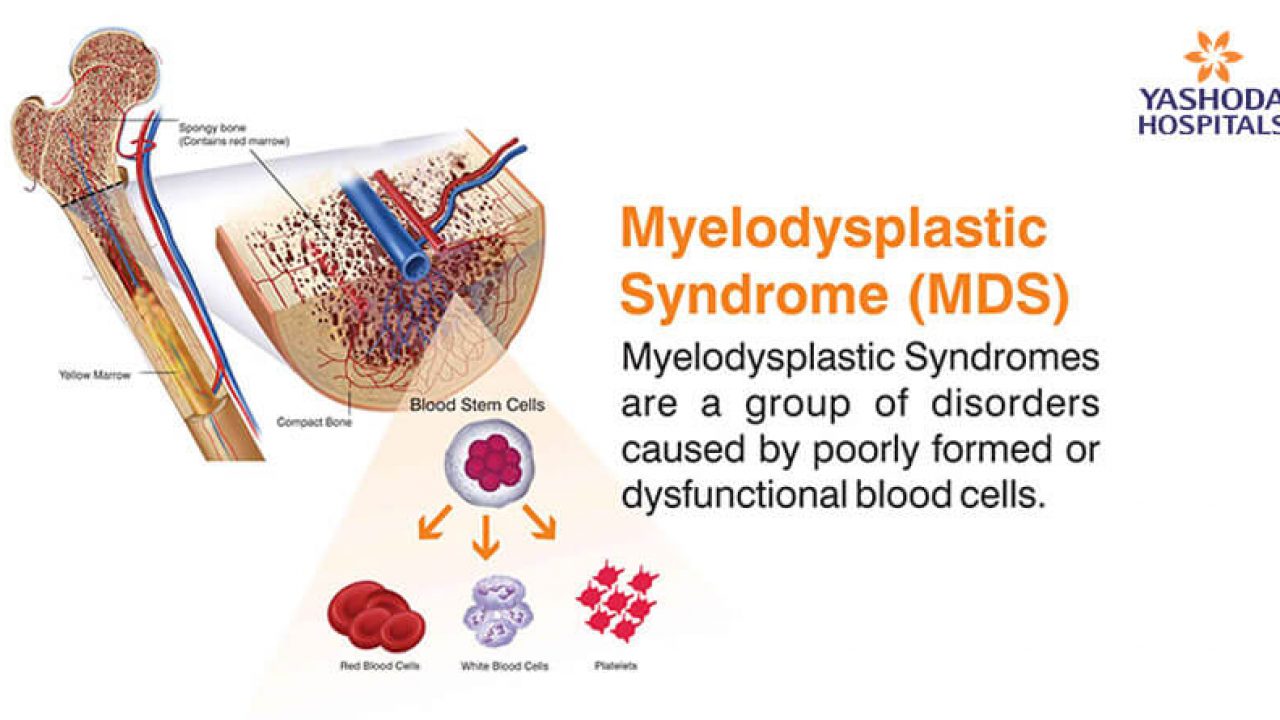





















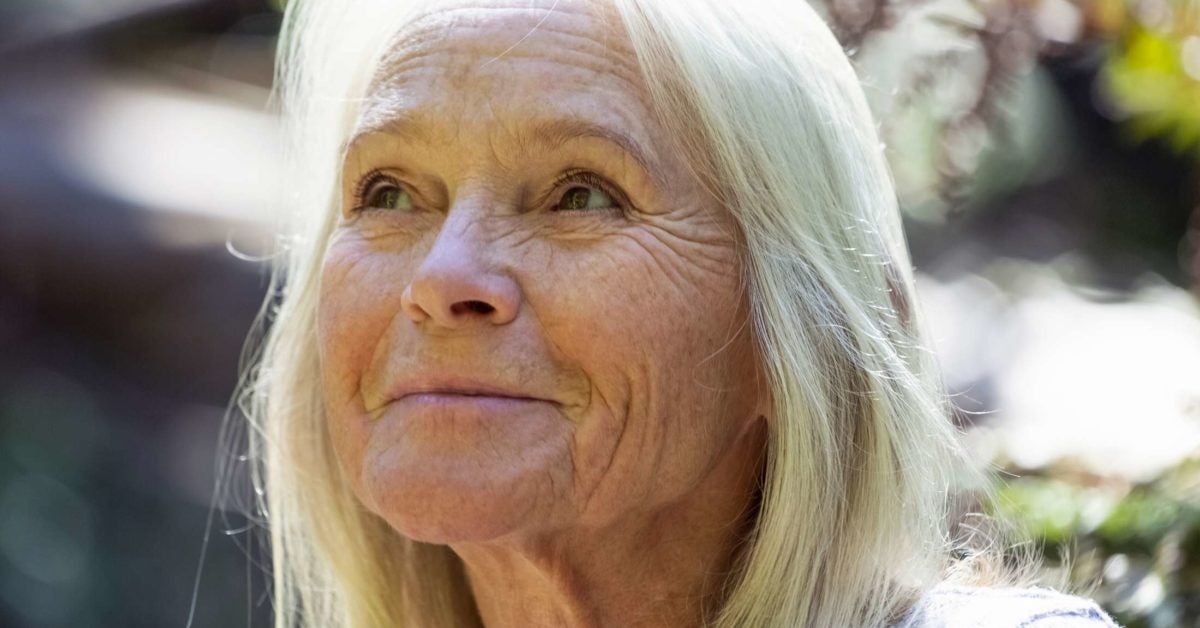


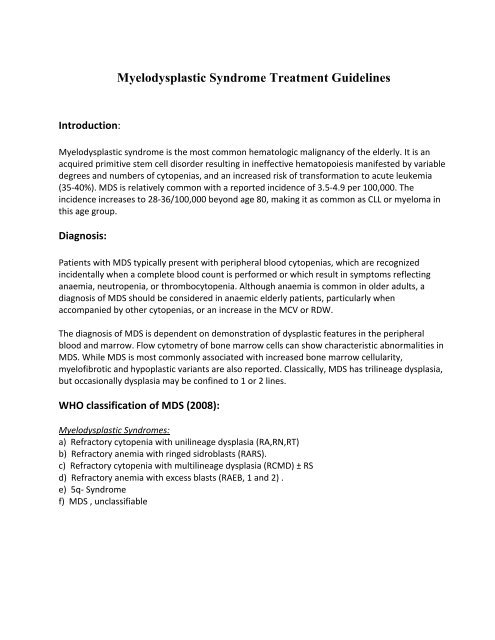

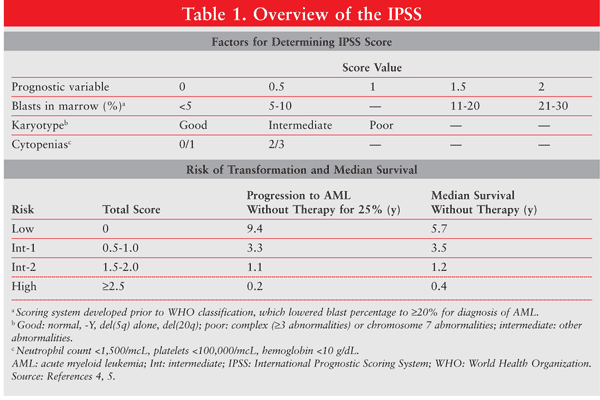




Posting Komentar untuk "Myelodysplastic Syndrome Prognosis Elderly"